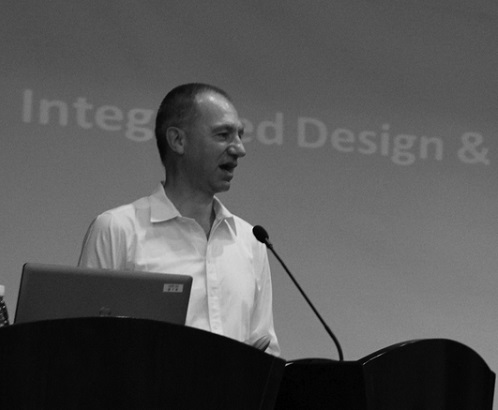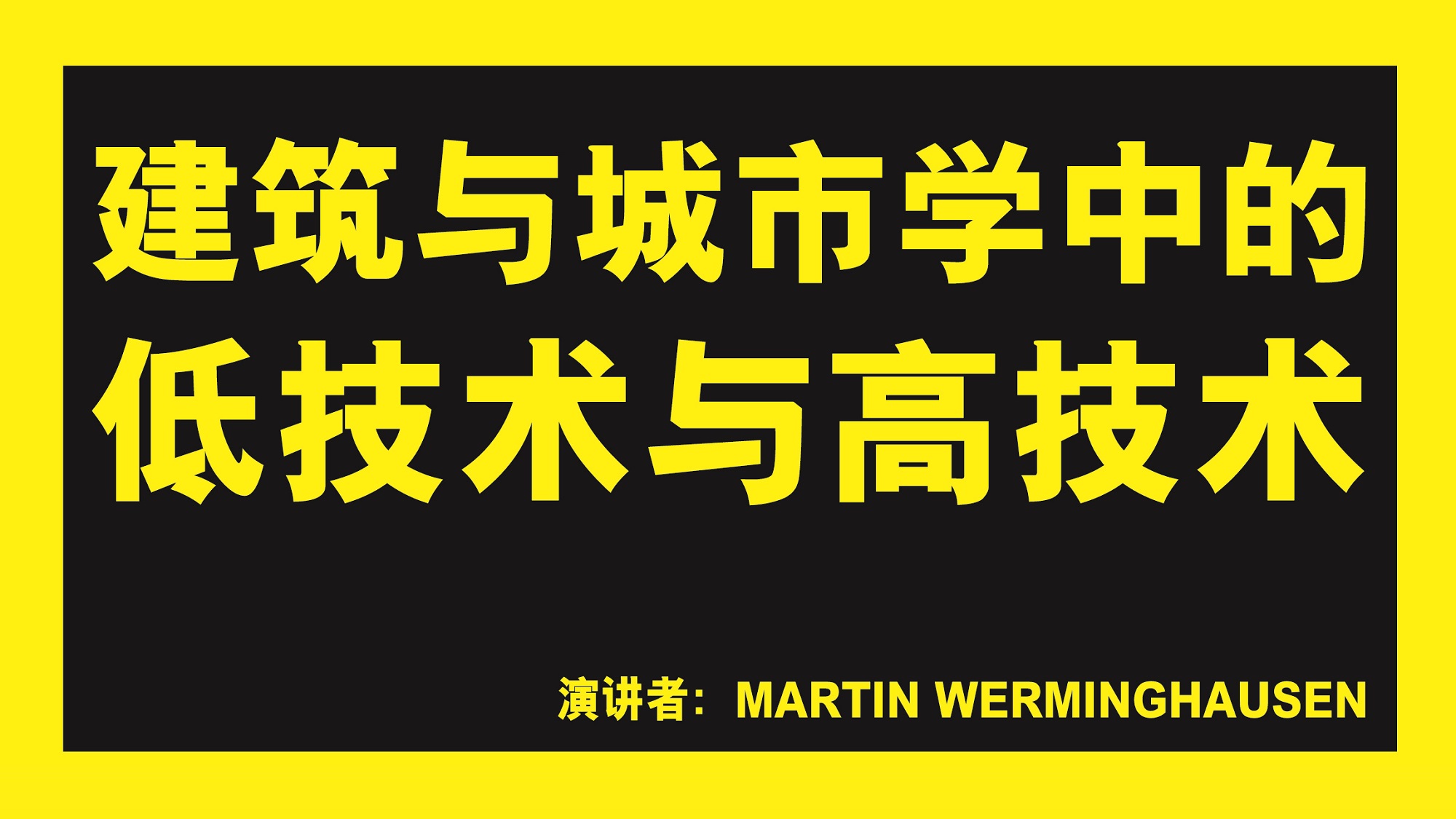- EVENT >
- DESIGN FORUM >
- DETAIL
Architecture and Urbanism between Low-Tech and High-Tech

2013-04-20

建科大楼5楼报告厅
12561 Reads
SUMMARY:
Martin Werminghausen introduced the design jointly made with Behnisch Architekten, Germany, during the Allston Campus and First Science Buildings Invited Competition. The major challenge for Martin was to form a spatial relationship between Harvard Yard and large modern laboratories. He upheld the theory of Laozi, a great ancient Chinese philosopher, believing that "the co-existence of 'to be' and 'not to be'" was the best interpretation of space, i.e. the value of space lies in "not to be". When it came to popular green buildings, Martin argued that even the greenest buildings were worthless if they were not accepted by users. Architects, in designing, must consider the feelings of those who live in the building, especially their comfort level.

Martin Werminghausen
德国技术大学阿曼分校建筑与城市设计学院院长,阿曼德国工业大学建筑与设计学院院长德国和欧盟注册建筑师 ,前德国Behnisch事务所合伙人,现任麻萨诸塞州波士顿Next Phase工作室建筑师,Martin院长也是美国健赞生物公司总部大楼(全美首个LEED白金项目)的设计负责人。他曾担任麻省理工学院工作室导师,并且在2008年在波士顿建筑学院任教,Martin院长至今仍在欧洲和北美多个大学担任设计工作室导师和论文指导老师。
ACTIVITY REVIEW
Note
We are sorry that the english details are not fully available online at the moment. If you need more information, please contact us by szdc@szdesigncenter.org.
Thanks for your understanding.
Shenzhen Center for Design


